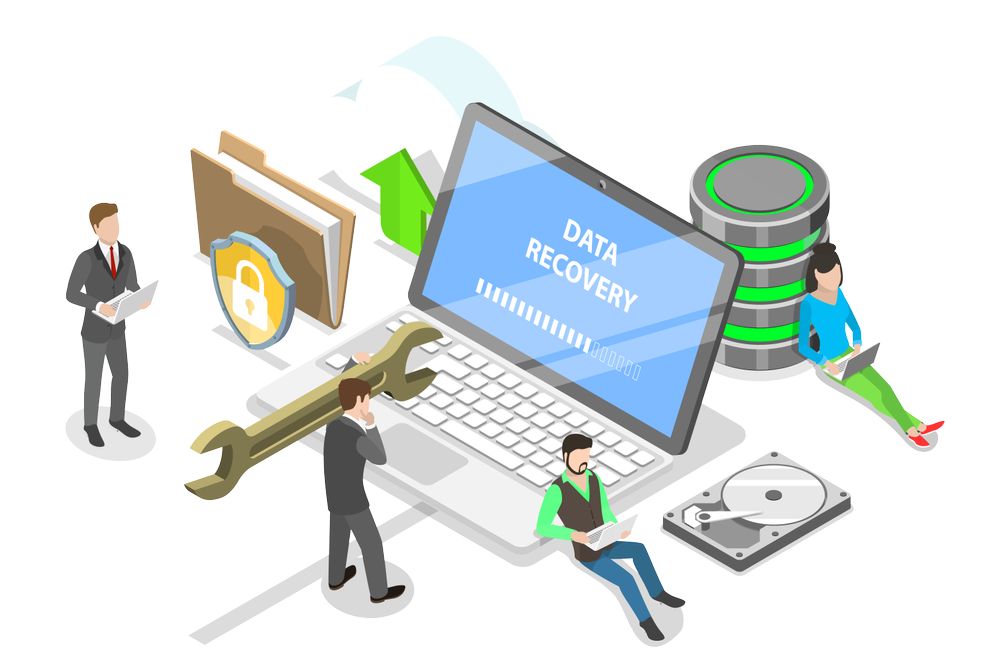
Green Building Practices Revolutionizing Construction in the USA
Sustainable and environmentally conscious construction practices have gained significant momentum in the United States, reshaping the landscape of the building industry. From innovative materials to energy-efficient designs, the green building movement is making waves across the nation.
The Rise of Eco-Friendly Materials
One of the cornerstones of green building in the USA is the use of eco-friendly materials. Traditional construction often involves materials with a high environmental impact, contributing to pollution and resource depletion. In contrast, green building emphasizes the use of sustainable materials such as recycled steel, reclaimed wood, and energy-efficient glass. These materials not only reduce the carbon footprint but also promote a healthier living environment.
Energy-Efficient Designs for a Greener Tomorrow
Energy efficiency is a key focus in green building practices. Architectural designs now incorporate advanced technologies to optimize energy consumption. From solar panels adorning rooftops to smart home systems that regulate energy usage, these designs aim to reduce reliance on conventional energy sources. The shift towards energy-efficient designs not only benefits the environment but also leads to substantial cost savings for homeowners in the long run.
LEED Certification: A Green Seal of Approval
The Leadership in Energy and Environmental Design (LEED) certification has become the gold standard for green buildings in the USA. Projects achieving LEED certification meet stringent criteria for sustainability, water efficiency, and indoor environmental quality. As awareness of environmental issues grows, more developers and homeowners are pursuing LEED certification to showcase their commitment to sustainable construction.
The Role of Government Incentives
Government incentives play a pivotal role in driving the adoption of green building practices. Federal and state-level initiatives offer tax credits and other financial benefits to encourage builders and homeowners to embrace sustainable construction methods. These incentives not only make green building more economically viable but also contribute to a broader cultural shift towards environmentally conscious living.
Green Building and Eco-Friendly Communities
The impact of green building extends beyond individual structures to shape entire communities. Developers are increasingly focusing on creating eco-friendly neighborhoods that prioritize green spaces, bike lanes, and communal gardens. These efforts not only enhance the overall quality of life but also contribute to the preservation of natural ecosystems.
Challenges and Solutions in Green Construction
While the green building movement has made significant strides, it is not without its challenges. High initial costs and the need for specialized knowledge can pose barriers to widespread adoption. However, ongoing research and development aim to address these challenges, making green building more accessible and cost-effective over time.
The Future of Green Building in the USA
As technology advances and environmental awareness continues to grow, the future of green building in the USA looks promising. Innovations in construction materials, coupled with evolving design principles, will further drive sustainability. The green building movement is not just a trend; it’s a crucial step towards a more sustainable and resilient future.
Green Building USA: Leading the Way
For those interested in exploring the world of green building in the USA, numerous resources and organizations are at the forefront of this movement. Green Building USA, with its commitment to promoting sustainable construction practices, serves as a valuable hub for information and guidance.
In conclusion, the green building practices transforming construction in the USA are more than just a trend—they represent a fundamental shift towards a more sustainable and eco-friendly future. By embracing innovative materials, energy-efficient designs, and certifications like LEED, the nation is building not only structures but a legacy of responsible stewardship for generations to come.










